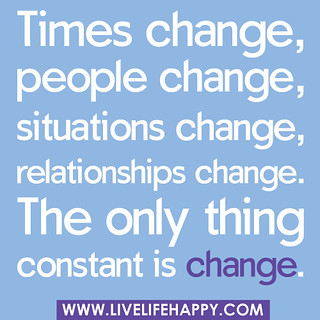At Silicon Drinkabout last night, I was introduced to John Kershaw who created a social network/dating site for people with and like beards – Bristlr. (yes this is the uniform dating style thing, basically for anybody)
- Tell us where you are, and if you have a bear
- Got a beard? We find people looking for beards
- Want a beard? We find people with beards worth looking for
- Send messages to people you match with
- Your life now contains more beard love, you’re welcome
John seems to have got quite a few people on-board with no advertising or promotion. Its a interesting site and hits a niche really well.
How does it make money? Well funny enough me and John talked about this at length. Unlike most dating sites, he won’t be collecting and selling the data of the users. His privacy policy seems to follow through on this…

We take your privacy seriously. We won’t sell your data. That’s a dick thing to do.
When you use Bristlr, we collect a fair chunk of data about you, but it’s the bare minimum required for the website to function. All of the information is collected explicitly from you.
As this is the internet, our servers collect loads of info like your IP address and some browser details. We do use standard internet tracking and monitoring software, namely Google Analytics, to tell us about who is using the website.
If ever we need to use your personal information for any reason which isn’t essential to the running of Bristlr, we will ask for your consent.
We may disclose your personal information if we are required by law. But we would be super fucking unhappy if this happened.
There is a premium option (there always is!) which shows you the people you’ve yet to match with who have “liked” you. But realistically, its the price of a coffee or theres the pyramid approach with a referrals..

I’m signed up, giving it a try and of course you can give it a try too for free. Theres a referral if you like to enable me premium for a bit http://www.bristlr.com/?referral=cubicgarden










